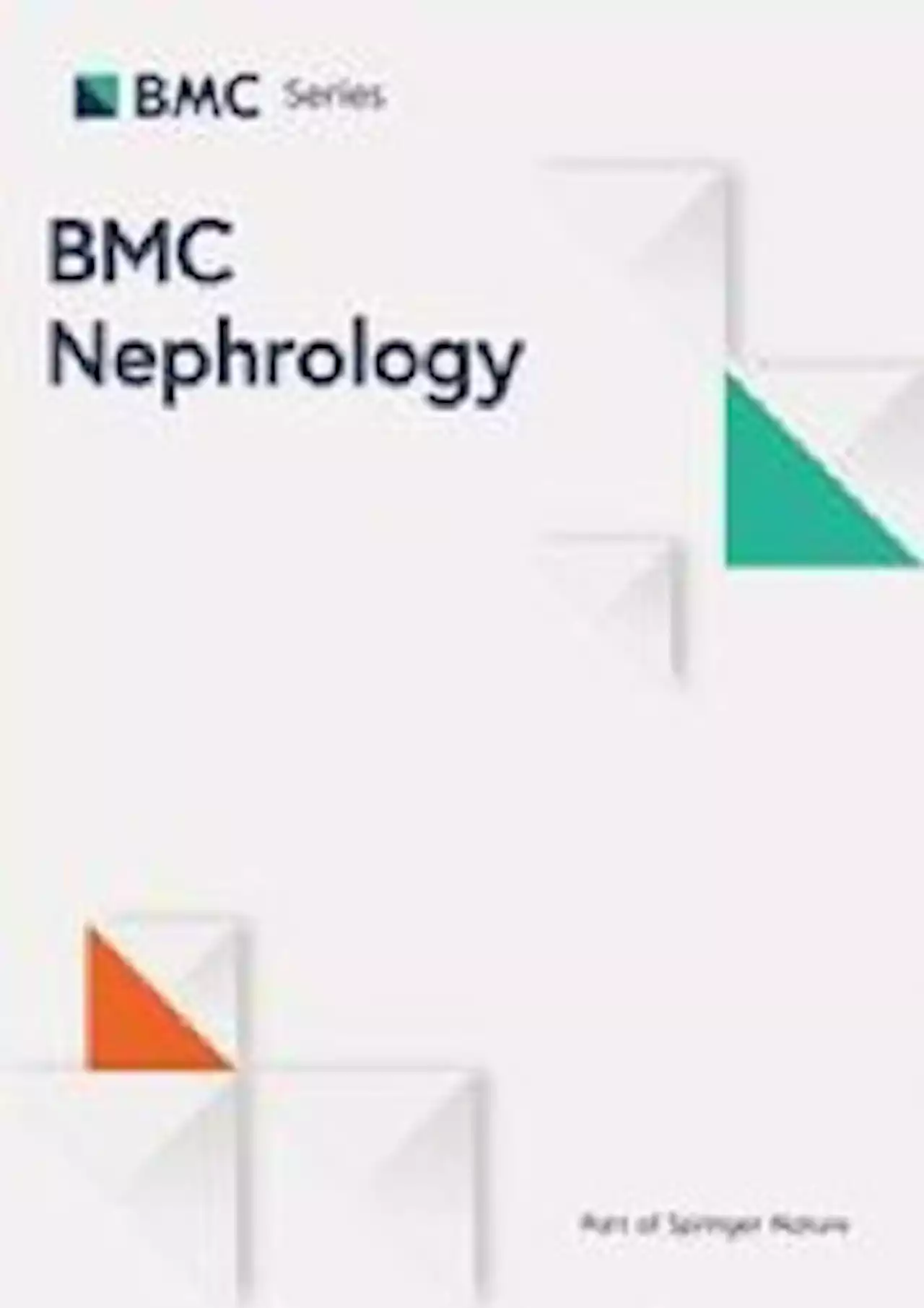A study published in BMCNephrol finds that bradykinin B2 receptor blockade with icatibant during hemodialysis prevents intradialytic hypotension. This could be useful in patients with a predisposition to intradialytic hypotension.
In this study, we tested the hypothesis that blocking the Breceptor endogenous bradykinin prevents intradialytic hypotension, defined as a drop in systolic blood pressure equal to or greater than 20 mmHg. For this purpose, we conducted a post-hoc analysis of a double-blind, placebo-controlled, randomized, two by two crossover study comparing the effect of continuous infusion of the bradykinin Breceptor blocker icatibant, versus placebo on mitochondrial function during hemodialysis .
Patients participated in a randomized placebo-controlled two by two crossover study, in which they received either, the bradykinin Breceptor blocker icatibant or placebo on the first study day. After a washout period of one week, participants returned to the Vanderbilt GCRC for the second study day to receive the other treatment . Icatibant was diluted in 0.9% sodium chloride to a concentration of 100 ug/ ml.
United Kingdom Latest News, United Kingdom Headlines
Similar News:You can also read news stories similar to this one that we have collected from other news sources.
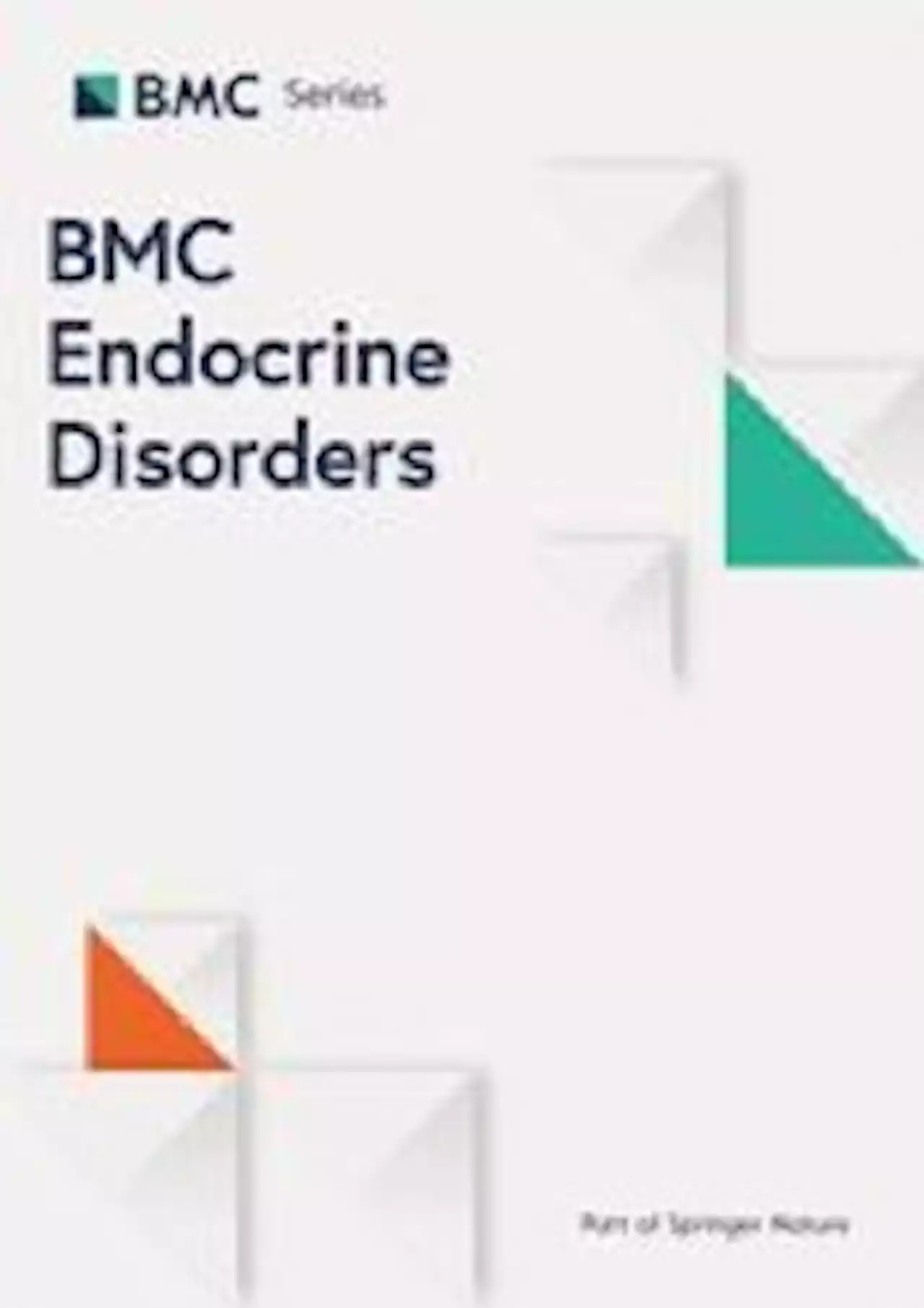 Retinal microvascular changes in diabetic patients with diabetic nephropathy - BMC Endocrine DisordersBackground To explore the characteristics of retina microvascular changes in patients with diabetic nephropathy (DN) and its risk factors. Methods Retrospective, observational study. 145 patients with type 2 diabetic mellitus (DM) and DN were included in the study. Demographic and clinical parameters were obtained from medical records. Presence of diabetic retinopathy (DR), hard exudates (HEs) and diabetic macular edema (DME) were evaluated according to the color fundus images, optical coherence tomography (OCT) and fluorescence angiography (FFA). Results DR accounted for 61.4% in type 2 DM patients with DN, of which proliferative diabetic retinopathy (PDR) accounted for 23.6% and sight threatening DR accounted for 35.7%. DR group had significantly higher levels of low-density lipoprotein cholesterol (LDL-C) (p = 0.004), HbA1c (P = 0.037), Urine albumin creatine ratio (ACR) (p | 0.001) and lower level of estimated glomerular filtration rate (eGFR) (P = 0.013). Logistic regression analysis showed DR was significantly associated with ACR stage (p = 0.011). Subjects with ACR stage3 had higher incidence of DR compared with subjects with ACR stage1 (OR = 24.15, 95%CI: 2.06–282.95). 138 eyes of 138 patients were analyzed for HEs and DME, of which 23.2% had HEs in posterior pole and 9.4% had DME. Visual acuity was worse in HEs group than in non-HEs group. There was significant difference in the LDL-C cholesterol level, total cholesterol (CHOL) level and ACR between HEs group and non-HEs group. Conclusions A relatively higher prevalence of DR was found in type 2 DM patients with DN. ACR stage could be recognized as a risk factor for DR in DN patients. Patients with DN needs ophthalmic examination more timely and more frequently.
Retinal microvascular changes in diabetic patients with diabetic nephropathy - BMC Endocrine DisordersBackground To explore the characteristics of retina microvascular changes in patients with diabetic nephropathy (DN) and its risk factors. Methods Retrospective, observational study. 145 patients with type 2 diabetic mellitus (DM) and DN were included in the study. Demographic and clinical parameters were obtained from medical records. Presence of diabetic retinopathy (DR), hard exudates (HEs) and diabetic macular edema (DME) were evaluated according to the color fundus images, optical coherence tomography (OCT) and fluorescence angiography (FFA). Results DR accounted for 61.4% in type 2 DM patients with DN, of which proliferative diabetic retinopathy (PDR) accounted for 23.6% and sight threatening DR accounted for 35.7%. DR group had significantly higher levels of low-density lipoprotein cholesterol (LDL-C) (p = 0.004), HbA1c (P = 0.037), Urine albumin creatine ratio (ACR) (p | 0.001) and lower level of estimated glomerular filtration rate (eGFR) (P = 0.013). Logistic regression analysis showed DR was significantly associated with ACR stage (p = 0.011). Subjects with ACR stage3 had higher incidence of DR compared with subjects with ACR stage1 (OR = 24.15, 95%CI: 2.06–282.95). 138 eyes of 138 patients were analyzed for HEs and DME, of which 23.2% had HEs in posterior pole and 9.4% had DME. Visual acuity was worse in HEs group than in non-HEs group. There was significant difference in the LDL-C cholesterol level, total cholesterol (CHOL) level and ACR between HEs group and non-HEs group. Conclusions A relatively higher prevalence of DR was found in type 2 DM patients with DN. ACR stage could be recognized as a risk factor for DR in DN patients. Patients with DN needs ophthalmic examination more timely and more frequently.
Read more »
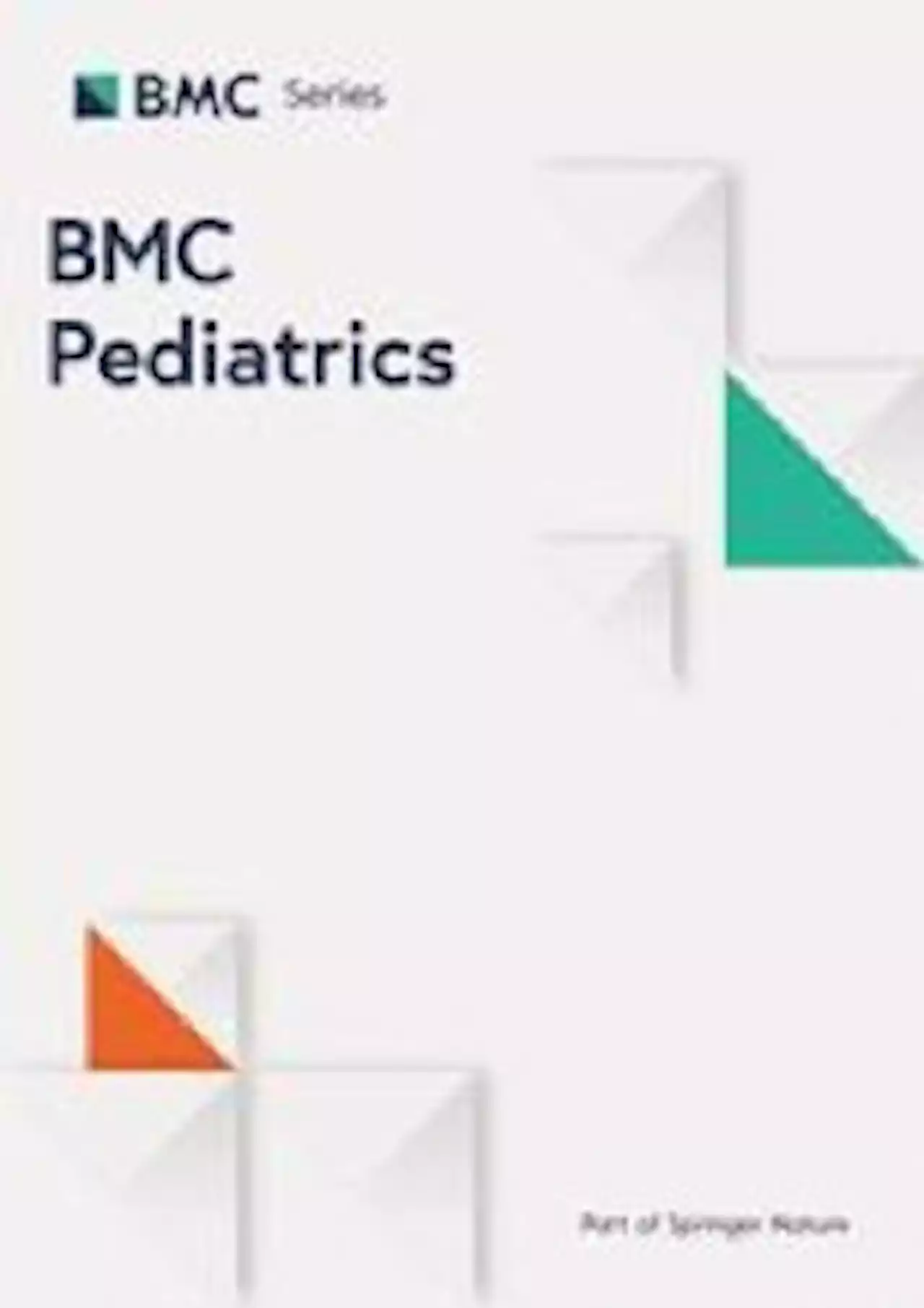 Systemic aspergillosis in a patient with interferon gamma receptor 1 deficiency; a case report - BMC PediatricsBackground Interferon-gamma receptor deficiency is a heterogeneous spectrum of disease which involves mutations in IFNGR1, IFNGR2 genes, and the downstream signaling proteins such as STAT1. These mutations are associated with immunodeficiency 27 A and 27B, making the patient prone to mycobacterial infections. Patients with this condition are also at increased risk for affliction with viral and bacterial infections, such as with the Herpesviridae family, Listeria, and Salmonella. Moreover, SH2B3 mutation is associated with autoimmune and lymphoproliferative conditions. Case presentation the patient was a 19-month-old infant girl who presented with a two-week history of fever. She had near-normal flowcytometry with high IgM and IgE. She had pneumonic infiltration in her chest and right hilar and para-aortic lymphadenopathy. PCR of whole blood for Aspergillus fumigatus came back positive. In her Whole Exome Sequencing she had IFNGR1 and SH2B3 mutations. Conclusion systemic fungal infections such as Aspergillosis can occur in patients with interferon-gamma receptor one deficiency. This type of immunodeficiency should be considered in treating patients with systemic Aspergillosis.
Systemic aspergillosis in a patient with interferon gamma receptor 1 deficiency; a case report - BMC PediatricsBackground Interferon-gamma receptor deficiency is a heterogeneous spectrum of disease which involves mutations in IFNGR1, IFNGR2 genes, and the downstream signaling proteins such as STAT1. These mutations are associated with immunodeficiency 27 A and 27B, making the patient prone to mycobacterial infections. Patients with this condition are also at increased risk for affliction with viral and bacterial infections, such as with the Herpesviridae family, Listeria, and Salmonella. Moreover, SH2B3 mutation is associated with autoimmune and lymphoproliferative conditions. Case presentation the patient was a 19-month-old infant girl who presented with a two-week history of fever. She had near-normal flowcytometry with high IgM and IgE. She had pneumonic infiltration in her chest and right hilar and para-aortic lymphadenopathy. PCR of whole blood for Aspergillus fumigatus came back positive. In her Whole Exome Sequencing she had IFNGR1 and SH2B3 mutations. Conclusion systemic fungal infections such as Aspergillosis can occur in patients with interferon-gamma receptor one deficiency. This type of immunodeficiency should be considered in treating patients with systemic Aspergillosis.
Read more »
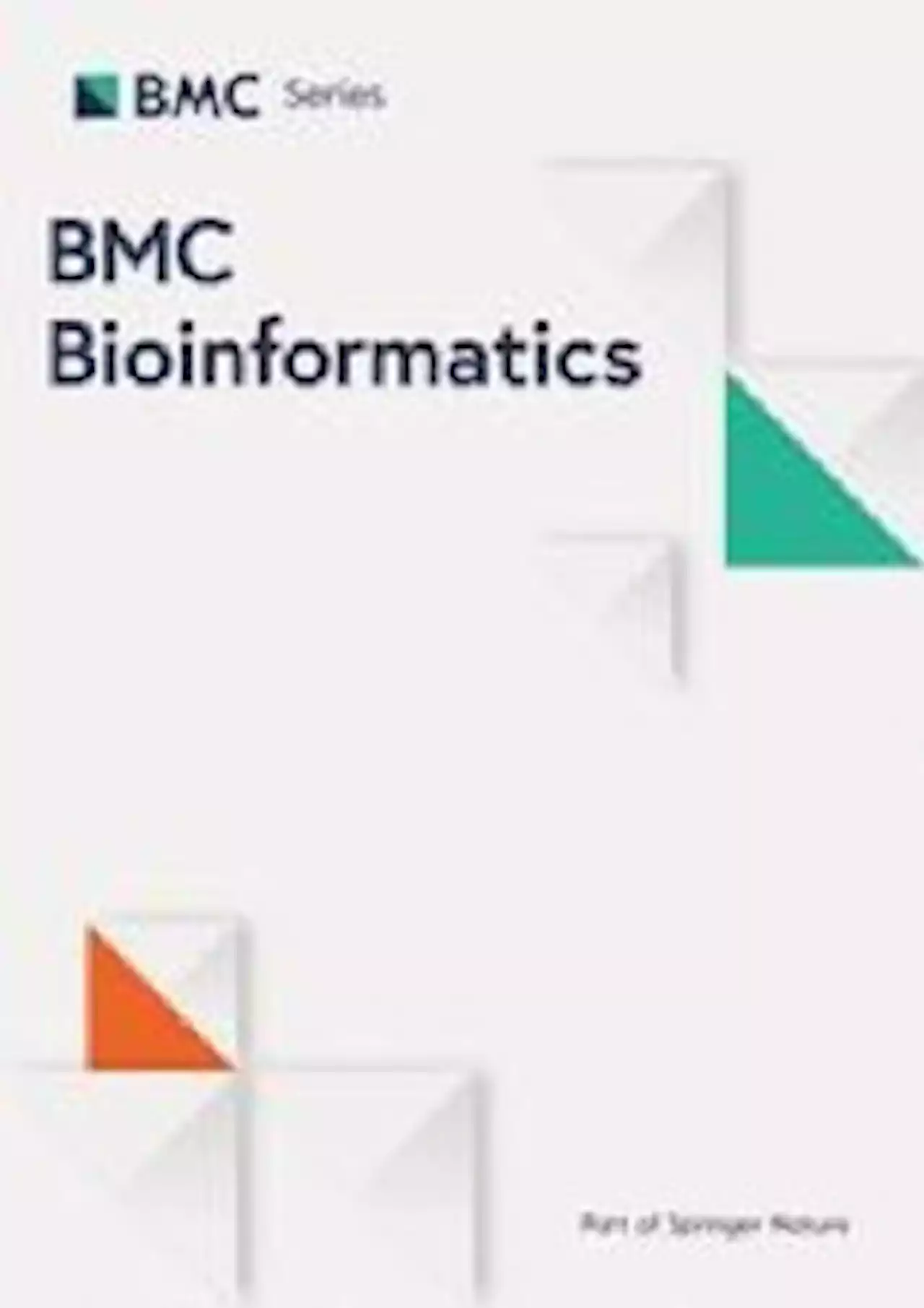 SVcnn: an accurate deep learning-based method for detecting structural variation based on long-read data - BMC BioinformaticsBackground Structural variations (SVs) refer to variations in an organism’s chromosome structure that exceed a length of 50 base pairs. They play a significant role in genetic diseases and evolutionary mechanisms. While long-read sequencing technology has led to the development of numerous SV caller methods, their performance results have been suboptimal. Researchers have observed that current SV callers often miss true SVs and generate many false SVs, especially in repetitive regions and areas with multi-allelic SVs. These errors are due to the messy alignments of long-read data, which are affected by their high error rate. Therefore, there is a need for a more accurate SV caller method. Result We propose a new method-SVcnn, a more accurate deep learning-based method for detecting SVs by using long-read sequencing data. We run SVcnn and other SV callers in three real datasets and find that SVcnn improves the F1-score by 2–8% compared with the second-best method when the read depth is greater than 5×. More importantly, SVcnn has better performance for detecting multi-allelic SVs. Conclusions SVcnn is an accurate deep learning-based method to detect SVs. The program is available at https://github.com/nwpuzhengyan/SVcnn .
SVcnn: an accurate deep learning-based method for detecting structural variation based on long-read data - BMC BioinformaticsBackground Structural variations (SVs) refer to variations in an organism’s chromosome structure that exceed a length of 50 base pairs. They play a significant role in genetic diseases and evolutionary mechanisms. While long-read sequencing technology has led to the development of numerous SV caller methods, their performance results have been suboptimal. Researchers have observed that current SV callers often miss true SVs and generate many false SVs, especially in repetitive regions and areas with multi-allelic SVs. These errors are due to the messy alignments of long-read data, which are affected by their high error rate. Therefore, there is a need for a more accurate SV caller method. Result We propose a new method-SVcnn, a more accurate deep learning-based method for detecting SVs by using long-read sequencing data. We run SVcnn and other SV callers in three real datasets and find that SVcnn improves the F1-score by 2–8% compared with the second-best method when the read depth is greater than 5×. More importantly, SVcnn has better performance for detecting multi-allelic SVs. Conclusions SVcnn is an accurate deep learning-based method to detect SVs. The program is available at https://github.com/nwpuzhengyan/SVcnn .
Read more »
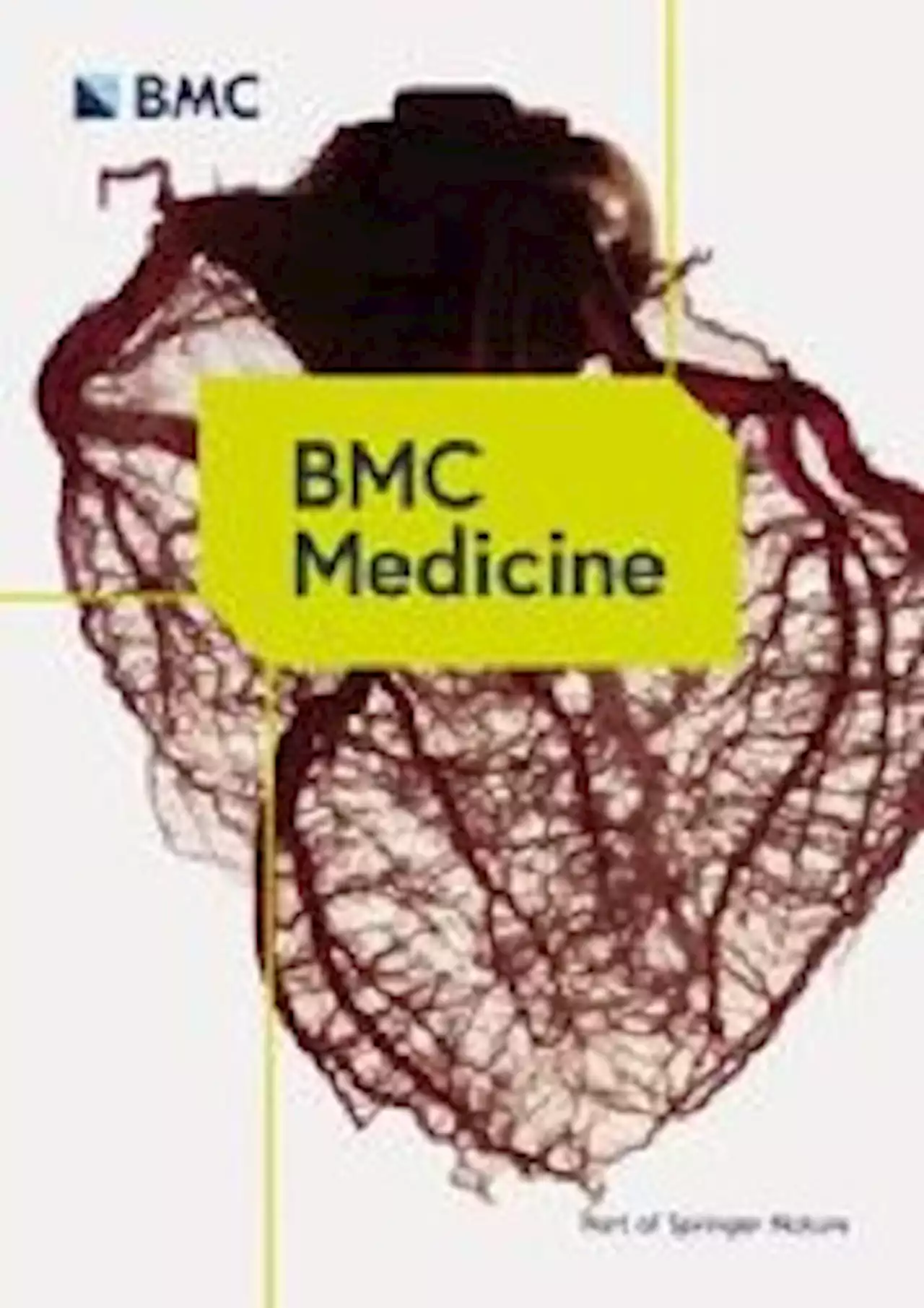 Chemotherapy-induced weight gain in early-stage breast cancer: a prospective matched cohort study reveals associations with inflammation and gut dysbiosis - BMC MedicineBackground Early-stage breast cancer patients treated with chemotherapy risk the development of metabolic disease and weight gain, which can result in increased morbidity and reduced quality of life in survivorship. We aimed to analyze changes within the gastrointestinal microbiome of early-stage breast cancer patients treated with and without chemotherapy to investigate a potential relationship between dysbiosis, a systemic inflammatory response, and resultant anthropomorphic changes. Methods We undertook an a priori analysis of serially collected stool and plasma samples from 40 patients with early-stage breast cancer who underwent adjuvant endocrine therapy only, adjuvant chemotherapy only, or both. Gut microbiota were assessed by metagenomic comparison of stool samples following deep sequencing. Inflammatory biomarkers were evaluated by proteomic analysis of plasma and measurement of fecal calprotectin. Body composition was investigated by dual-energy X-ray absorptiometry to determine biomass indices. Results As opposed to treatment with endocrine therapy only, chemotherapy resulted in statistically and clinically significant weight gain and an increase in the android to gynoid ratio of fat distribution. Patients treated with chemotherapy gained an average of 0.15% total mass per month, as opposed to a significantly different loss of 0.19% in those patients who received endocrine-only therapy. Concurrently, a twofold increase in fecal calprotectin occurred after chemotherapy that is indicative of interferon-dependent inflammation and evidence of colonic inflammation. These anthropomorphic and inflammatory changes occurred in concert with a chemotherapy-dependent effect on the gut microbiome as evidenced by a reduction in both the abundance and variety of microbial species. Conclusions We confirm the association of chemotherapy treatment with weight gain and potential deleterious anthropometric changes and suggest that alterations of bacterial flora may contribut
Chemotherapy-induced weight gain in early-stage breast cancer: a prospective matched cohort study reveals associations with inflammation and gut dysbiosis - BMC MedicineBackground Early-stage breast cancer patients treated with chemotherapy risk the development of metabolic disease and weight gain, which can result in increased morbidity and reduced quality of life in survivorship. We aimed to analyze changes within the gastrointestinal microbiome of early-stage breast cancer patients treated with and without chemotherapy to investigate a potential relationship between dysbiosis, a systemic inflammatory response, and resultant anthropomorphic changes. Methods We undertook an a priori analysis of serially collected stool and plasma samples from 40 patients with early-stage breast cancer who underwent adjuvant endocrine therapy only, adjuvant chemotherapy only, or both. Gut microbiota were assessed by metagenomic comparison of stool samples following deep sequencing. Inflammatory biomarkers were evaluated by proteomic analysis of plasma and measurement of fecal calprotectin. Body composition was investigated by dual-energy X-ray absorptiometry to determine biomass indices. Results As opposed to treatment with endocrine therapy only, chemotherapy resulted in statistically and clinically significant weight gain and an increase in the android to gynoid ratio of fat distribution. Patients treated with chemotherapy gained an average of 0.15% total mass per month, as opposed to a significantly different loss of 0.19% in those patients who received endocrine-only therapy. Concurrently, a twofold increase in fecal calprotectin occurred after chemotherapy that is indicative of interferon-dependent inflammation and evidence of colonic inflammation. These anthropomorphic and inflammatory changes occurred in concert with a chemotherapy-dependent effect on the gut microbiome as evidenced by a reduction in both the abundance and variety of microbial species. Conclusions We confirm the association of chemotherapy treatment with weight gain and potential deleterious anthropometric changes and suggest that alterations of bacterial flora may contribut
Read more »
 ERStruct: a fast Python package for inferring the number of top principal components from whole genome sequencing data - BMC BioinformaticsBackground Large-scale multi-ethnic DNA sequencing data is increasingly available owing to decreasing cost of modern sequencing technologies. Inference of the population structure with such sequencing data is fundamentally important. However, the ultra-dimensionality and complicated linkage disequilibrium patterns across the whole genome make it challenging to infer population structure using traditional principal component analysis based methods and software. Results We present the ERStruct Python Package, which enables the inference of population structure using whole-genome sequencing data. By leveraging parallel computing and GPU acceleration, our package achieves significant improvements in the speed of matrix operations for large-scale data. Additionally, our package features adaptive data splitting capabilities to facilitate computation on GPUs with limited memory. Conclusion Our Python package ERStruct is an efficient and user-friendly tool for estimating the number of top informative principal components that capture population structure from whole genome sequencing data.
ERStruct: a fast Python package for inferring the number of top principal components from whole genome sequencing data - BMC BioinformaticsBackground Large-scale multi-ethnic DNA sequencing data is increasingly available owing to decreasing cost of modern sequencing technologies. Inference of the population structure with such sequencing data is fundamentally important. However, the ultra-dimensionality and complicated linkage disequilibrium patterns across the whole genome make it challenging to infer population structure using traditional principal component analysis based methods and software. Results We present the ERStruct Python Package, which enables the inference of population structure using whole-genome sequencing data. By leveraging parallel computing and GPU acceleration, our package achieves significant improvements in the speed of matrix operations for large-scale data. Additionally, our package features adaptive data splitting capabilities to facilitate computation on GPUs with limited memory. Conclusion Our Python package ERStruct is an efficient and user-friendly tool for estimating the number of top informative principal components that capture population structure from whole genome sequencing data.
Read more »
FTC plans to ask court to block Microsoft-Activision Blizzard deal\n\t\t\tExclusive scoops\n\t\t\tSmart data to help spot risk and opportunity\n\t\t\tAnalysis of broader trends in M&A\n\t\t\tLex, our agenda-setting business commentary (Premium only)\n\t\t\tDue Diligence, an exclusive M&A newsletter (Premium only)\n\t\t
Read more »
